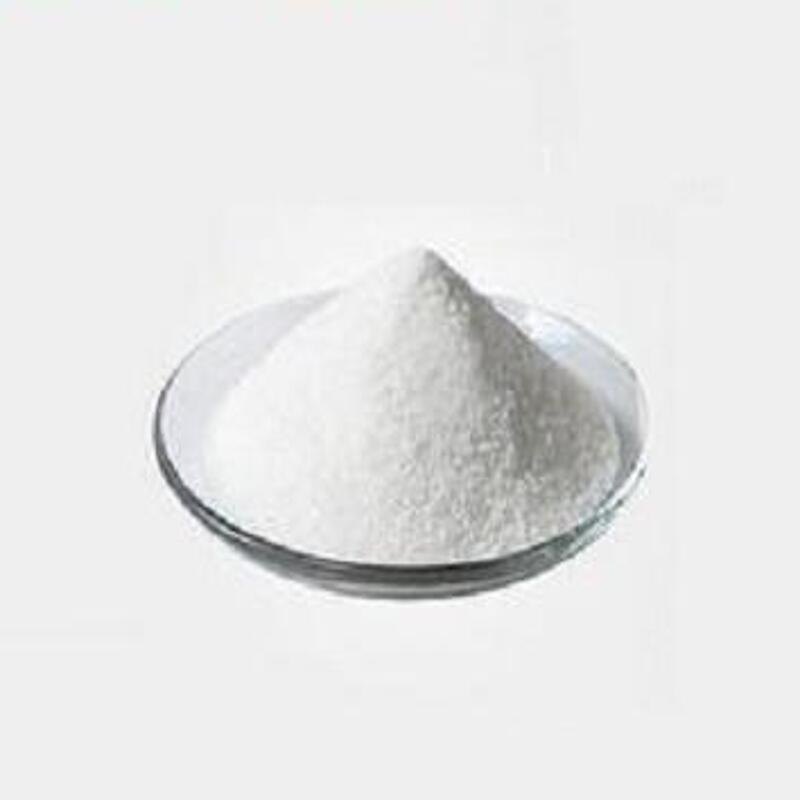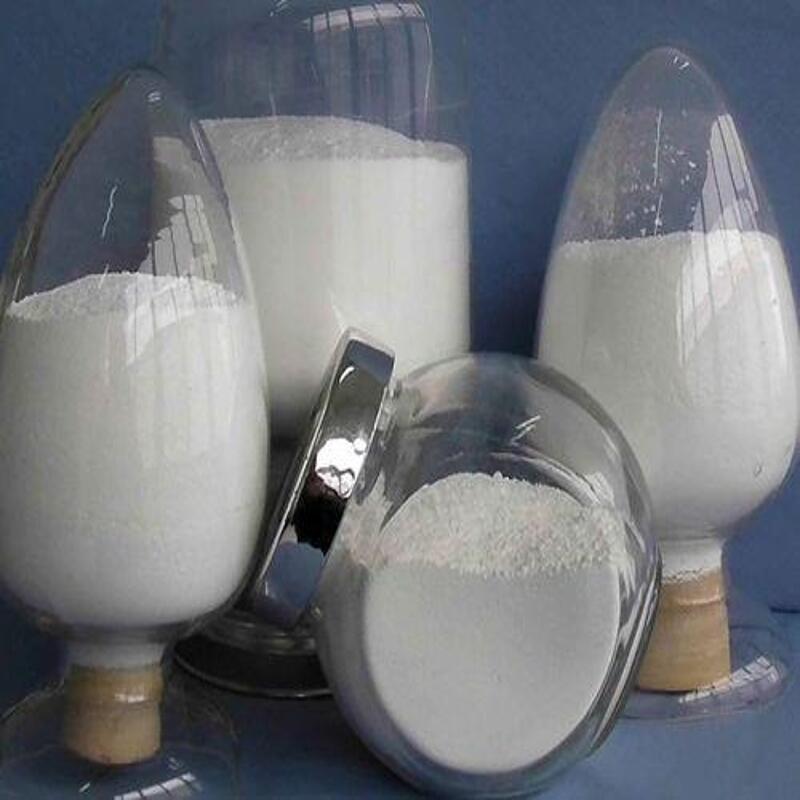-
Categories
-
Pharmaceutical Intermediates
-
Active Pharmaceutical Ingredients
-
Food Additives
- Industrial Coatings
- Agrochemicals
- Dyes and Pigments
- Surfactant
- Flavors and Fragrances
- Chemical Reagents
- Catalyst and Auxiliary
- Natural Products
- Inorganic Chemistry
-
Organic Chemistry
-
Biochemical Engineering
- Analytical Chemistry
-
Cosmetic Ingredient
- Water Treatment Chemical
-
Pharmaceutical Intermediates
Promotion
ECHEMI Mall
Wholesale
Weekly Price
Exhibition
News
-
Trade Service
4,5-Bis(2-methoxyethoxy)-2-nitrobenzonitrile is an organic compound that has gained significant attention in the chemical industry due to its unique properties and versatile applications.
The synthetic routes for this compound have been extensively studied and developed over the years, with various methods and strategies being employed to produce it in high yield and purity.
One of the most commonly used methods for the synthesis of 4,5-bis(2-methoxyethoxy)-2-nitrobenzonitrile is the modified Woodward's synthesis.
This involves the use of a condensation reaction between 2-methoxyethanol and 2-nitrobenzaldehyde in the presence of a strong acid catalyst, such as sulfuric acid or phosphoric acid.
The reaction is carried out at a temperature range of 80-100°C, and the yield of the desired product can be improved by using a solvent such as toluene or benzene.
Another synthetic route for 4,5-bis(2-methoxyethoxy)-2-nitrobenzonitrile is the asymmetric organocatalytic approach.
This method involves the use of a chiral organocatalyst, such as BINOL or TETA, to drive the reaction between 2-methoxyethanol and 2-nitrobenzaldehyde.
The use of a chiral catalyst allows for the formation of the desired enantiomer in high yield and purity, making this method particularly attractive for applications where enantiomeric purity is essential.
Yet another synthetic route for 4,5-bis(2-methoxyethoxy)-2-nitrobenzonitrile is the one-pot reaction approach.
This method involves the coupling of 2-methoxyethanol and 2-nitrobenzaldehyde in the presence of a strong base catalyst, such as sodium hydroxide or potassium hydroxide, and a solvent such as water or methanol.
This method is particularly advantageous as it eliminates the need for an additional step for the isolation of the product, making it a more efficient and cost-effective synthetic route.
In addition to the above-mentioned synthetic routes, other methods have also been proposed for the synthesis of 4,5-bis(2-methoxyethoxy)-2-nitrobenzonitrile, such as the use of microwave irradiation, ultrasound-assisted synthesis, and tandem reactions.
These methods offer unique advantages, such as increased reaction speed, reduced reaction times, and improved yield, making them attractive for industrial applications.
Overall, the synthetic routes for 4,5-bis(2-methoxyethoxy)-2-nitrobenzonitrile have been extensively studied and developed over the years, with various methods and strategies being employed to produce it in high yield and purity.
The choice of synthetic route depends on various factors, such as the desired yield, purity, and cost-effectiveness, and the specific requirements of the application.
As the demand for this compound continues to grow in the chemical industry, it is expected that new and improved synthetic routes will be developed to meet this demand.







